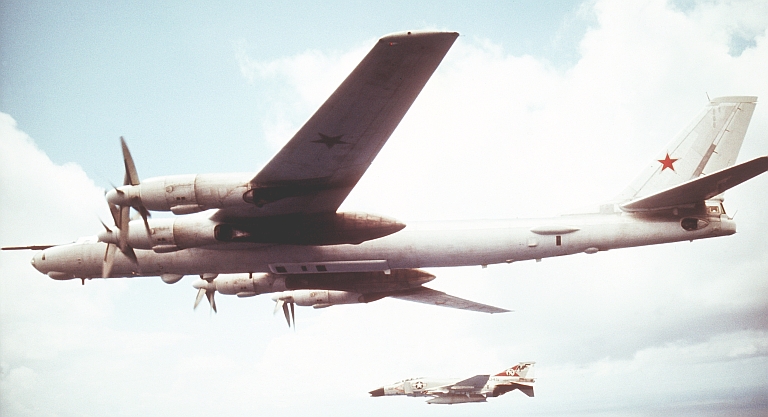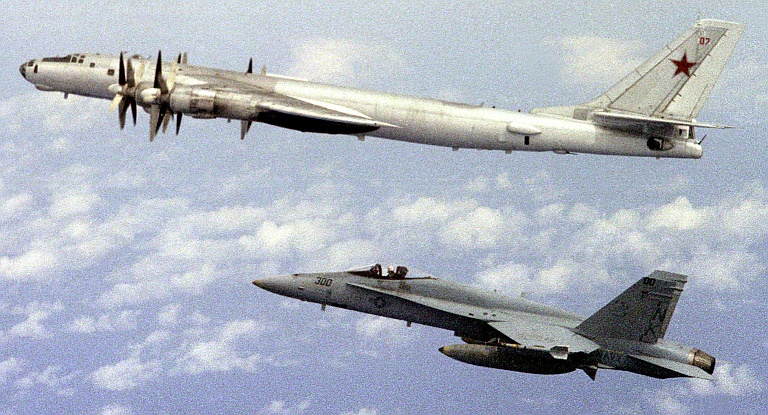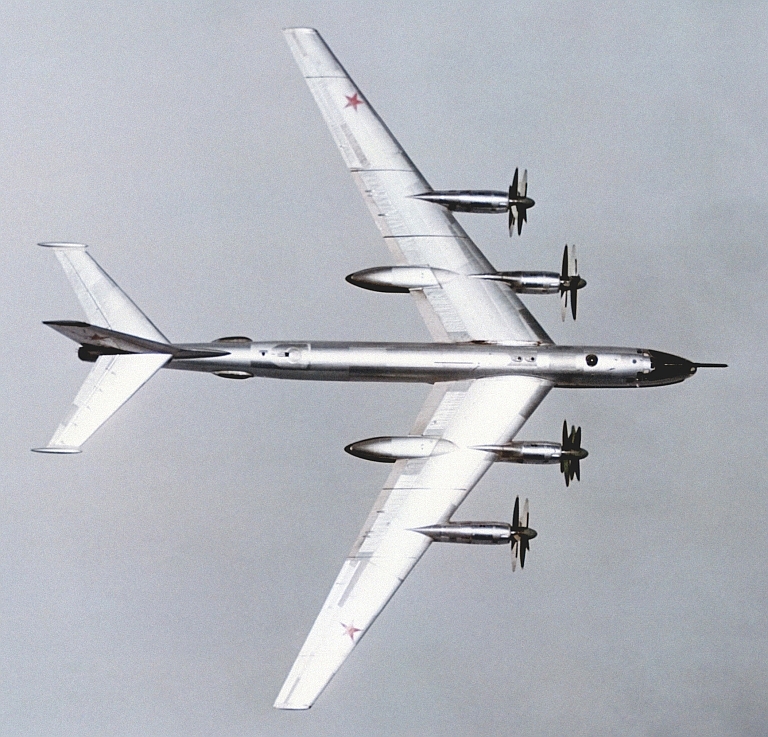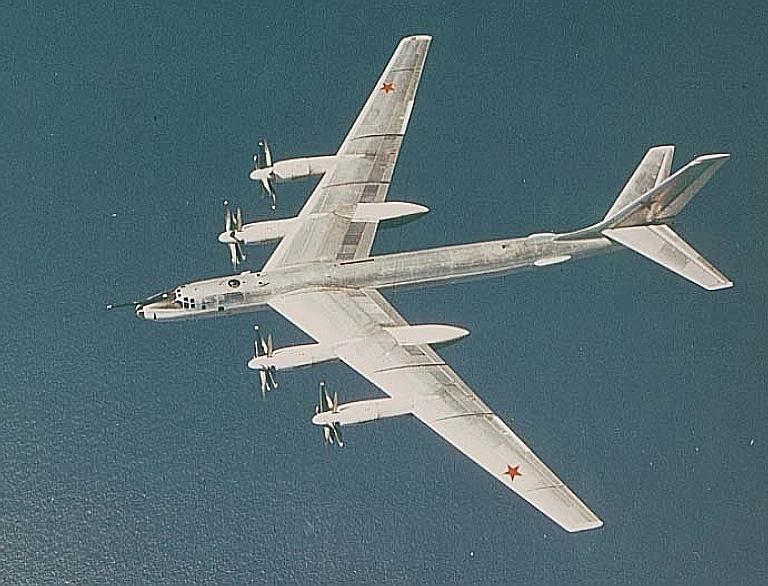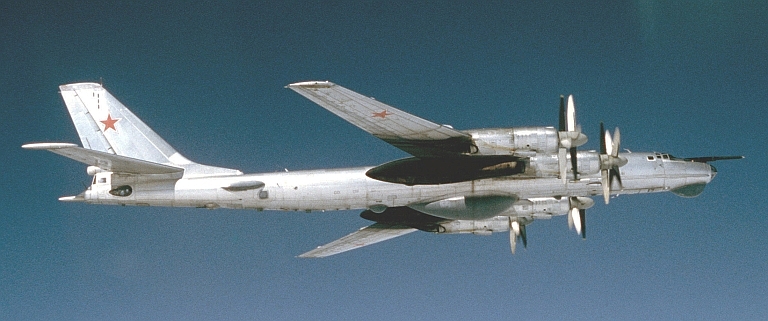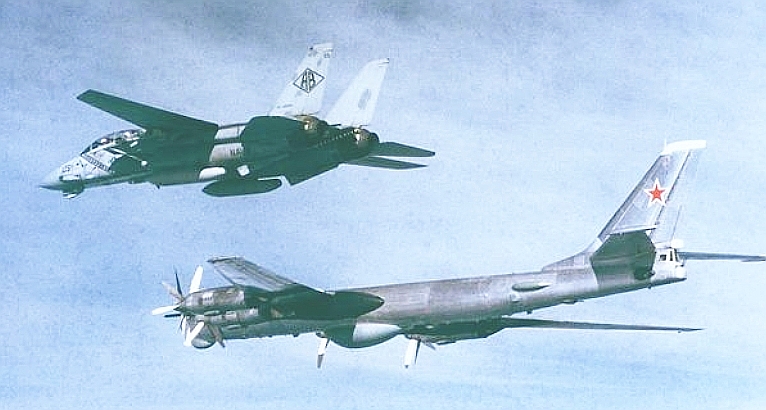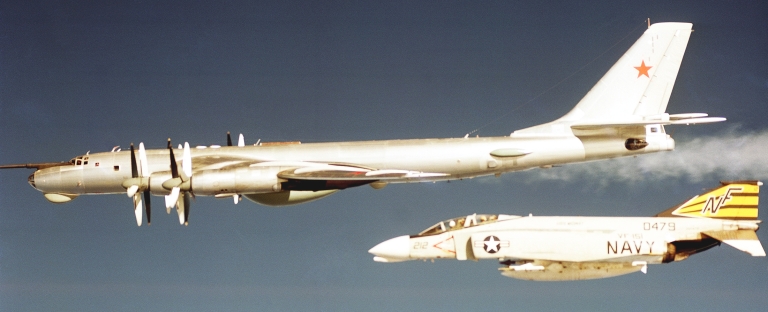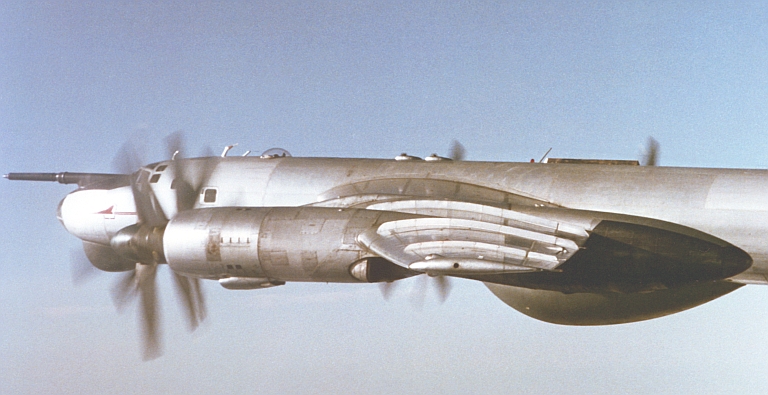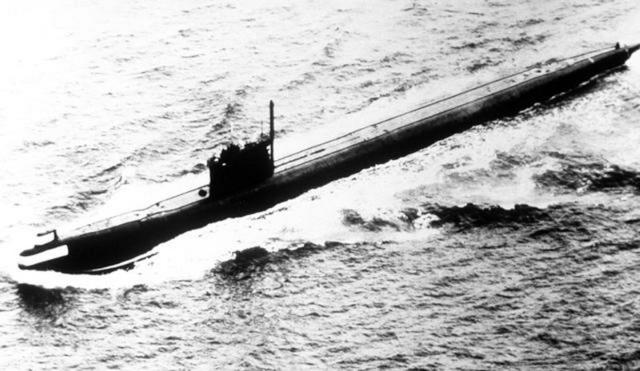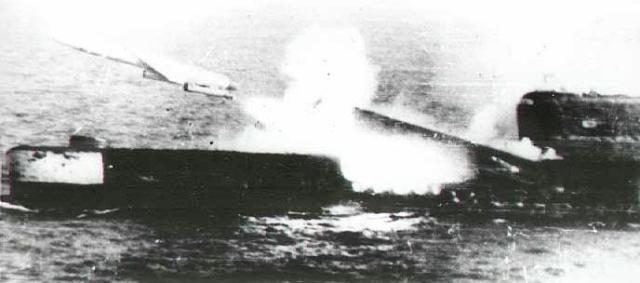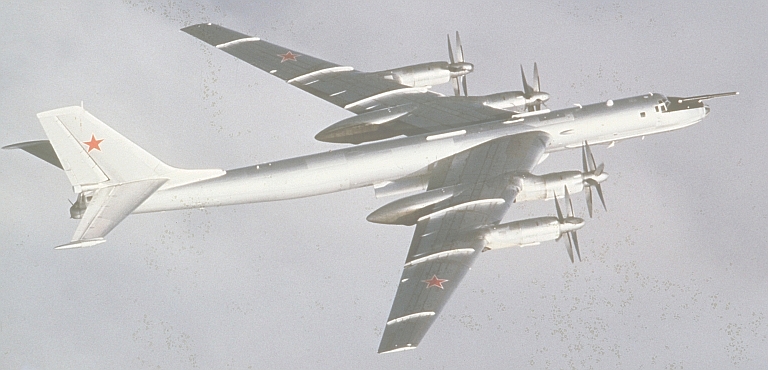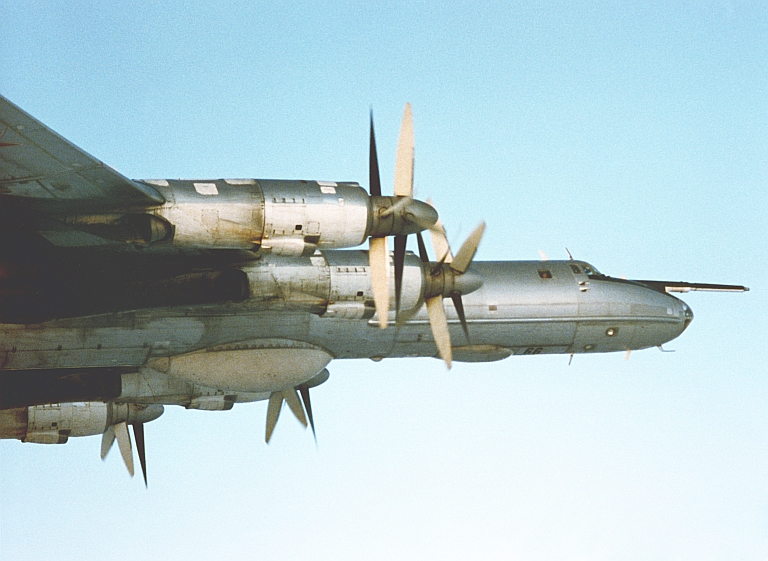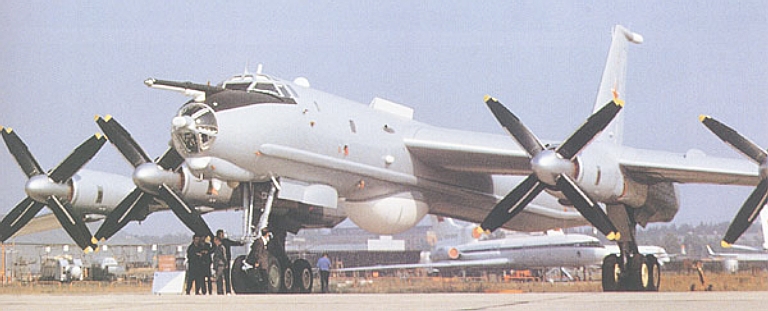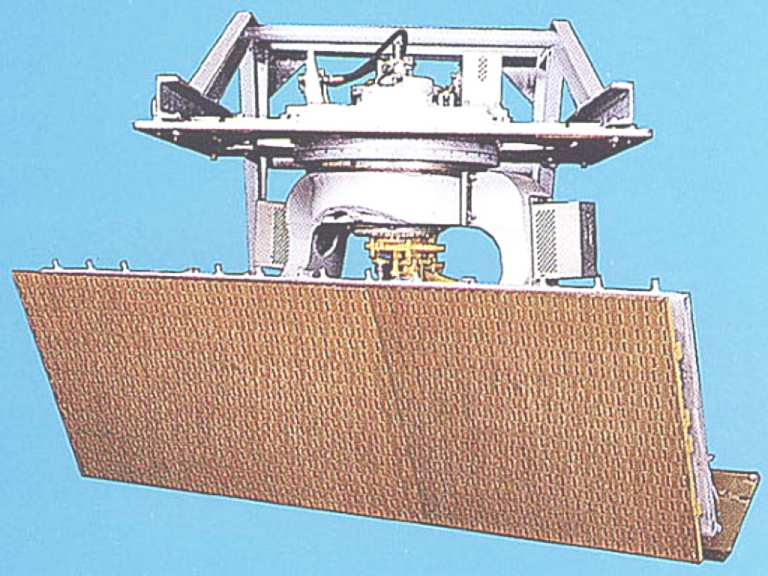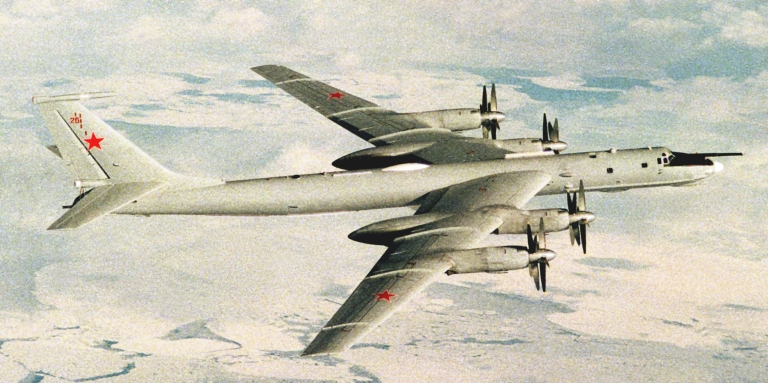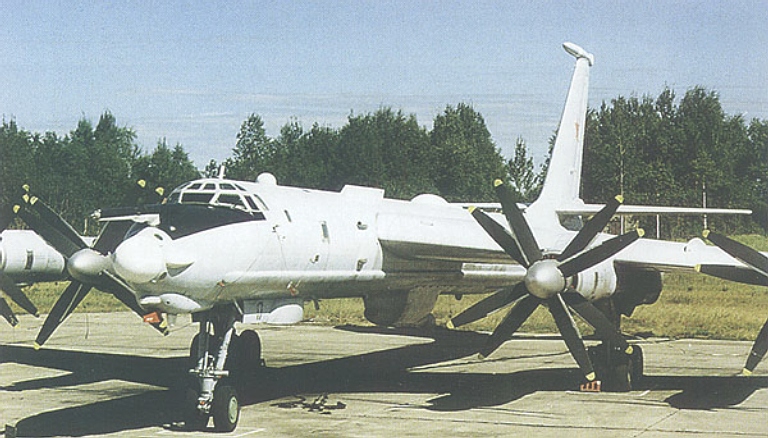|
Early Tupolev Tu-95 Bear
Strike Variants
The design concept for the Tu-95 was a direct evolution of the
1940s
Tupolev Tu-4 Bull, a cloned late build B-29, exploiting experience
gained during the design of the swept wing Tu-16 Badger and the
straight wing piston powered Tu-85, intended to match the B-36.
Initially two Tu-95 configurations were trialled. The 95/1 with eight
TV-2F 6,250 SHP turboprops in four nacelles flew in late 1952 but was
destroyed during a test flight. The 95/2, with four 12,000 SHP TV12
counter-rotating turboprops, flew in 1955 and entered production in
1956 at Kuybyshev. In terms of its intended role and production entry,
the Tu-95 Bear is a contemporary of the US B-52.
The first production variant was the Tu-95 strategic bomber,
designated the Bear A. It clearly displayed its B-29 heritage with
pressurised forward and aft crew compartments, internal 14 metre long
bomb bay, a pair of remote controlled 23 mm gun barbettes and
associated PS-48MM optical sights, a tail gunner's station, and
prodigious range performance. The stepped forward fuselage, similar to
the Tu-16, became a unique trademark of this generation of the Tupolev
bombers - and transports.
Later production Bear As were designated the Tu-95M and
equipped with high performance NK-12M engines. The Tu-95V was a
specialised derivative of the Bear A with a structural rebuild of the
fuselage to accommodate a single 60,000 lb high yield hydrogen bomb. A
Bear V dropped the sole example of the 56 Megatonne 'Tsar Bomba' in
October 1961 over Novaya Zemlya, this being the highest yield nuclear
weapon ever tested in the atmosphere.
The baseline Tu-95 was equipped with a PRS-1 Argon 'Bee Hind'
tail warning radar, the Tu-95M introducing the Leninets Rubin-1KV and
RBP-4 Rubin 'Short Horn' attack radars.
The Bear A was in concept a direct evolution of WW2 strategic
bombers,
achieving greater speed, altitude and range performance, and designed
to defeat early turbojet interceptors. The advent of radar guided
surface to air missiles during the 1950s quickly destroyed the
viability of the Bear A, this leading to the Tu-95K-20 Bear B,
introduced into production in 1958, and formally designated in the
Russian system as the Tu-20.
Tu-95K-20/KD
Bear B
Maritime/Strategic
Strike / Ту-95К-20/КД
Бомбардировщик-ракетонос
The Bear B was a cruise missile carrier, armed with a single
25,000 lb class Kh-20 'Komet' / AS-3 Kangaroo cruise missile, armed
with an RDS-6 thermonuclear warhead. The rebuilt bomb bay incorporated
a BD-206 launcher, and a fuelling system to fill the missile before
launch. Improved NK-12V engines were used. The most prominent design
change was the introduction of the I-band YaD A336Z Crown Drum attack
and targeting radar for the Kh-20
/ AS-3, in a unique nose radome, with a 3
metre wide antenna. Russian sources claim that 40 Bear Bs were built.
Its primary weapon was the large Al-7F turbojet
powered Raduga Kh-20 / AS-3 Kangaroo, armed with a nuclear warhead. The
Kh-20 was cumbersome and disappeared from service use by the 1970s,
progressively replaced with the liquid rocket powered Raduga Kh-22
Burya / AS-4 Kitchen.
The next evolution of the baseline Bear B was designated the
Tu-95KD,
it incorporated single point refuelling, an aerial refuelling probe,
and an avionic package for rendezvous with Myashischyev M-4 Bison
tankers. Russian sources claim 25 were built.


Tu-95KD
Bear
B. This was the baseline cruise missile carrier variantarmed with the
large Kangaroo ASCM (US DoD).
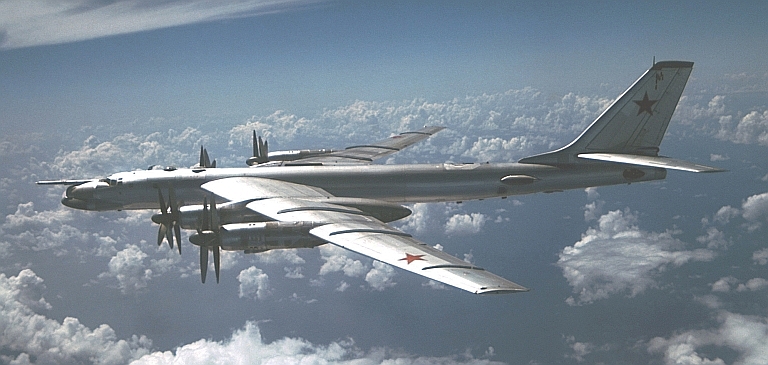
Tu-95KM
Bear
C. Note the aft fuselage Romb 4A ESM blisters (US DoD).

Tu-95KM Bear C
Maritime/Strategic
Strike / Ту-95КМ
Бомбардировщик-ракетонос
The Tu-95KM Bear C was an enhanced Bear B, with a pair of
additional
SRS-6 'Romb 4A' electronic support measures radomes added to the aft
fuselage, to aid in target acquisition. Late configuration Bear B/C
were typically equipped with
PRS-4 Kripton 'Box Tail' tail warning radars, RSB-70, RSIU-5 radios,
ARK-11 ADF, RV-UM and PV-17 radio altimeters, KS-6D heading reference,
RPB-3 Tucha weather radar, SPS-3 jammer and SPO-3 Sirena warning
receiver.
Tu-95K-22 Bear
G Maritime/Strategic
Strike / Ту-95К-22
Бомбардировщик-ракетоносец
The next evolution in the Tu-95 Bear B/C line was the
extensive
block upgrade to the Tu-95K-22 Bear G configuration, replacing the
Kh-20 with
the much more capable supersonic Raduga Kh-22
Burya / AS-4 Kitchen [More ...],
developed for the
Blinder and Backfire bombers, and conceptually the Soviet equivalent to
the RAF's Blue Steel [More ...].
This upgrade was initiated during the early
1970s, and proved to be protracted and troublesome.

The Tu-95K-22 Bear G is a
rebuild
of the 1960s Bear B/C, armed
with the Kh-22 Kitchen / PNA-B Down Beat weapon system developed for
the Tu-22M Backfire. Equipped with a comprehensive EW suite including a
rebuilt tail housing the SPS-152/153 jammer, and armed with up to three
supersonic Kh-22 cruise missiles, the Bear G was a potent capability in
the latter years of the Cold War (US DoD).
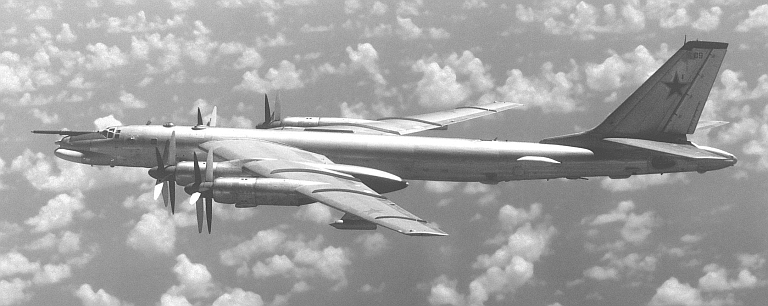
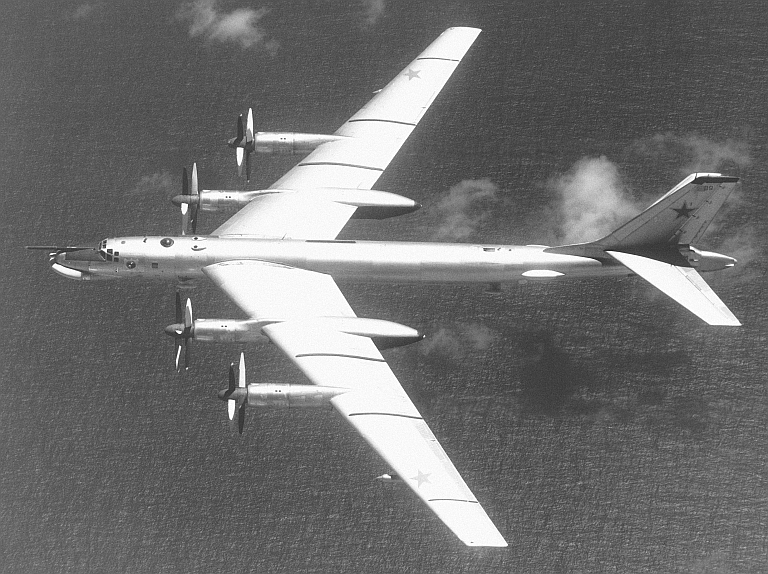



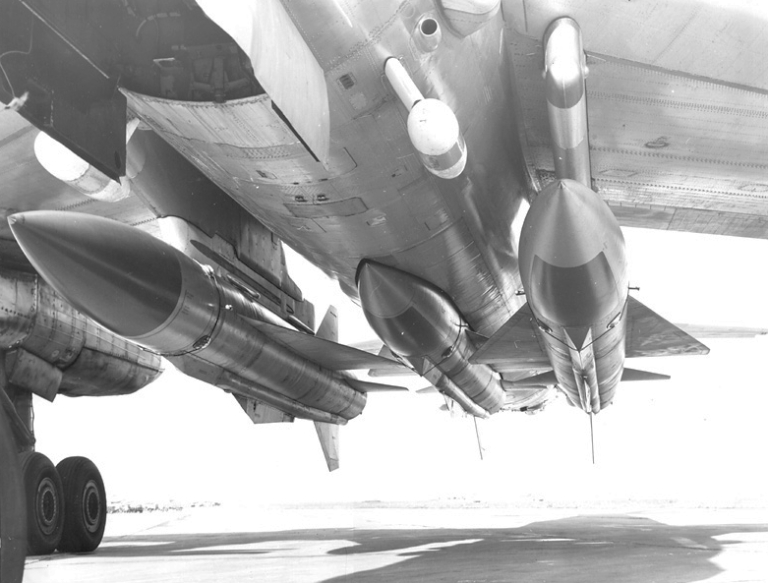
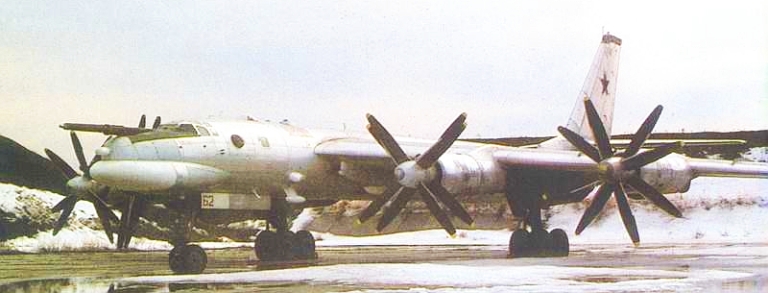
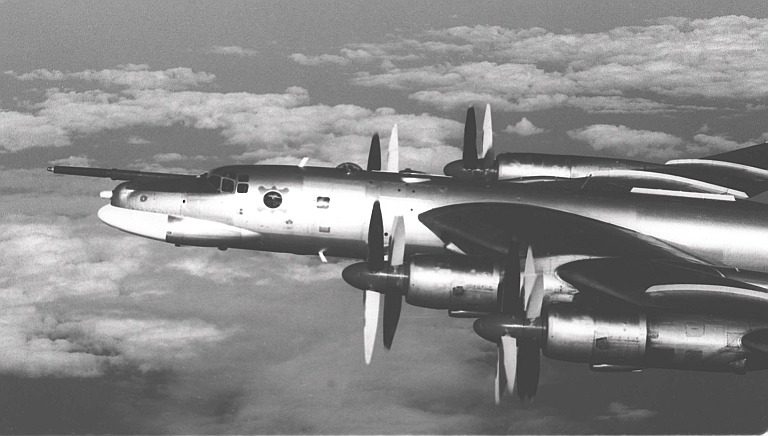
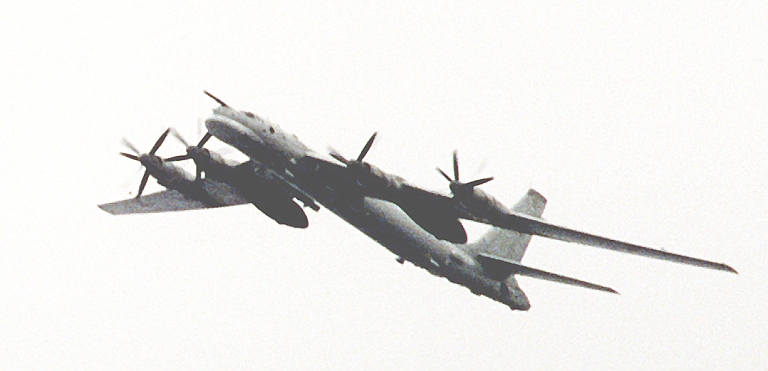

The Bear G was the most extensive upgrade package on any
offensive Bear. The upgrade required addition of two inboard wing
pylons each with a BD-45K launcher for the Kh-22 missile, and a rebuild
of the bomb bay to accommodate a single Kh-22 on a BD-45F launcher
displacing the Kh-20 semiconformal station. The
Crown Drum attack radar was replaced with a variant of the Backfire's
Leninetz Rubin PNA-B 'Down Beat'. The tail gunner's station was
replaced with an
extended
tailcone fairing, mid fuselage and thimble nose radomes,
which house
emitters for the SPS-151/152/153 Lyutik self protection jammers, common
to the MiG-25RBV and MiG-25BM Foxbat, and some Tu-16P Badger subtypes;
and the aft fuselage blister radomes for the Kurs N/NM RHAW used to
target anti-radiation variants of the Kh-22, ie Kh-22MR. Some sources
also claim Rezeda-A / SPS-100A and SPS-140 Siren series
jammers were also carried.
While the Bear G program was initiated in 1973, the first live
missile shot did not occur until 1981, and Russian sources claim 65
aircraft were rebuilt, with formal service acceptance in 1987.
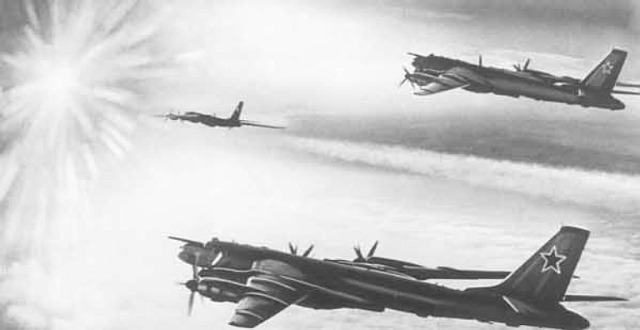
Soviet
propaganda art depicting a flight of Bear G aircraft (via Tupolev).
A Bear variant seldom discussed is the Tu-95M-5 which was
armed
with a pair
of KSR-5 / AS-6 Kingfish supersonic anti-ship ASCMs at that time
carried by the Tu-16K-26 Badger. This variant was equipped with the
Rubin-1K radar used on the Tu-16K-26. It was abandoned in favour of the
Bear G, as this missile had superior standoff range to the KSR-5.
Tu-95MS Bear H Cruise
Missile Carrier / Ту-95MC
Бомбардировщик-ракетоносец
The final production strike variant of the Bear is the Tu-95MS
Bear H, based on the improved Tu-142MK Bear F maritime patrol airframe
variant. Development of the Bear H was initiated during the mid 1970s,
in response to the US Air Force introducing the AGM-86B ALCM on the
B-52 fleet. The Soviets initiated the development of the Kh-55/RKV-500
/ AS-15 Kent cruise missile in 1976, and first trials were
performed
with a modified Tu-95M, labelled the Tu-95M-55, in 1978.
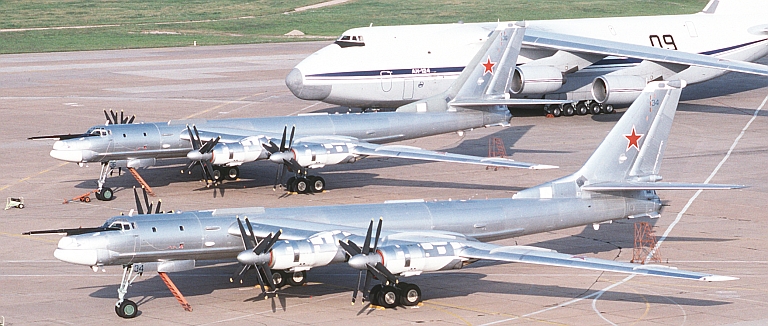
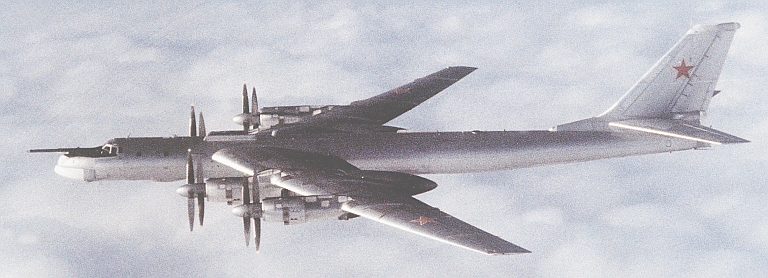
The Tu-95MS Bear H is the
last
production strike variant, built
until the early 1990s as a cruise missile carrier, armed with the Kh-55
Kent cruise missile. The Bear H is a key airborne component of Russia's
nuclear triad, and is to acquire a conventional strike role akin to
that of the US B-52H. The Bear H airframe is based on the Bear F, but
has a unique nose housing the Obzor MS attack radar (Ru MOD, US DoD).

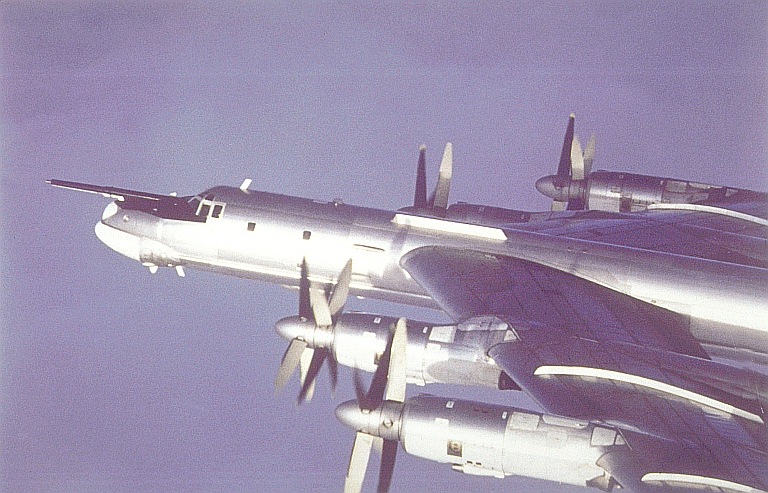
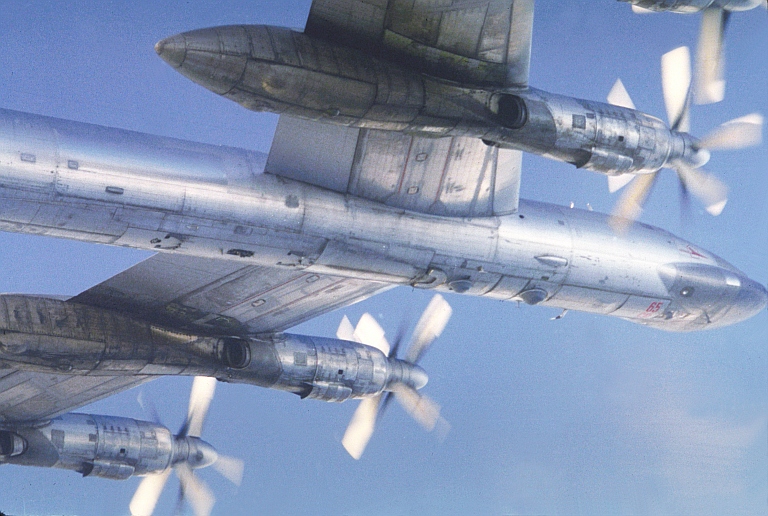
The Bear H is a substantially new design, suing 1980s
techynology, and should have been designated in the Tu-142 rather than
Tu-95 series. Other than the
extensively revised airframe design, undercarriage and 15,000 SHP
NK-12MP engines, the fuselage barbettes were removed but the tail
gunner's station was retained with GSh-23 guns. The nose was resculpted
again to situate a new attack radar, but retains the AAR probe of
earlier models. With an MTOW of 187.75 tonnes, empty weight of 94.4
tonnes, and internal fuel capacity of 84 tonnes, the Bear H is firmly
in the weight class of the B-52.
The Tu-95MS is essentially a standoff cruise missile carrier,
emulating the strategic role of the US B-52G/H. The fuselage bomb bay
of the
baseline Tu-95MS-6 variant is fitted with a SRPE MKU-5-6 rotary
launcher for six Kh-55 family ALCMs. The enhanced Tu-95MS-16 carries an
additional ten Kh-55 family ALCMs on external wing pylons.
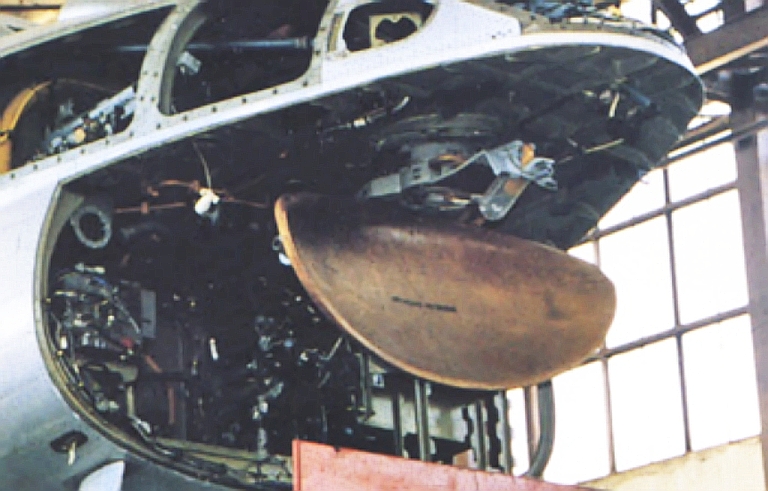
The Leninetz Obzor MS Clam Pipe radar
was introduced on the Tu-95MS Bear
H, and also the newer Tu-160 Blackjack. It is a nav/attack radar which
is claimed to include LPI and SAR mapping capabilities in later
variants (Leninetz).
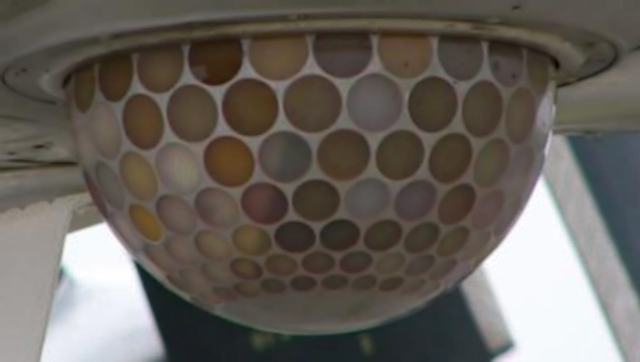
Azovsky
MAK-UT Infra-Red Missile Approach Warning System (MAWS) carried by a
Bear H.
The defensive avionic suite of the Bear H includes an SPS-160
Geran jammer,
Azovsky
MAK-UT IR Missile Approach Warning System, APP-50 chaff/flare
dispensers and Avtomatika SPO-32 / L150 digital warning receiver, all
integrated with a Meteor-NM EWSP controller. The offensive avionic
suite is centred on the Leninetz Obzor-MS 'Clam Pipe' attack radar -
advanced variants are claimed to have LPI (Low Probability of
Interception) and SAR (Synthetic Aperture Radar) capabilities.
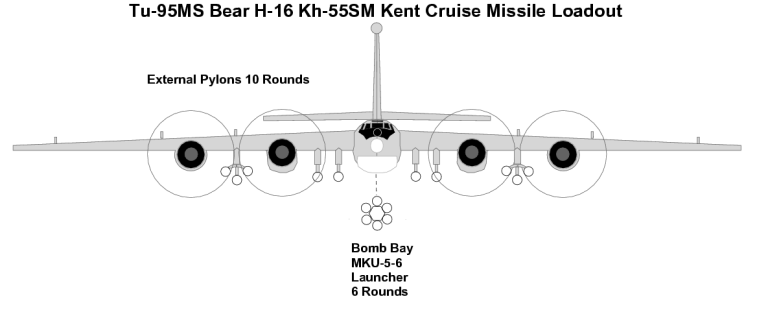
Russian sources claim production of the Tu-95MS continued
until 1992,
with 84 Tu-95MS in the inventory during 1991, in addition to the
remaining 63 Tu-95K-22, Tu-95K and Tu-95M. Since then, the Tu-95K-22
fleet has been progressively reduced by planned scrappings.
|
![Home - Air Power Australia Website [Click for more ...]](APA/APA-Title-Main.png)
![Sukhoi PAK-FA and Flanker Index Page [Click for more ...]](APA/flanker.png)
![F-35 Joint Strike Fighter Index Page [Click for more ...]](APA/jsf.png)
![Weapons Technology Index Page [Click for more ...]](APA/weps.png)
![News and Media Related Material Index Page [Click for more ...]](APA/media.png)
![Surface to Air Missile Systems / Integrated Air Defence Systems Index Page [Click for more ...]](APA/sams-iads.png)
![Ballistic Missiles and Missile Defence Page [Click for more ...]](APA/msls-bmd.png)
![Air Power and National Military Strategy Index Page [Click for more ...]](APA/strategy.png)
![Military Aviation Historical Topics Index Page [Click for more ...]](APA/history.png)
![Intelligence, Surveillance and Reconnaissance and Network Centric Warfare Index Page [Click for more ...]](APA/isr-ncw.png)
![Information Warfare / Operations and Electronic Warfare Index Page [Click for more ...]](APA/iw.png)
![Systems and Basic Technology Index Page [Click for more ...]](APA/technology.png)
![Related Links Index Page [Click for more ...]](APA/links.png)
![Homepage of Australia's First Online Journal Covering Air Power Issues (ISSN 1832-2433) [Click for more ...]](APA/apa-analyses.png)

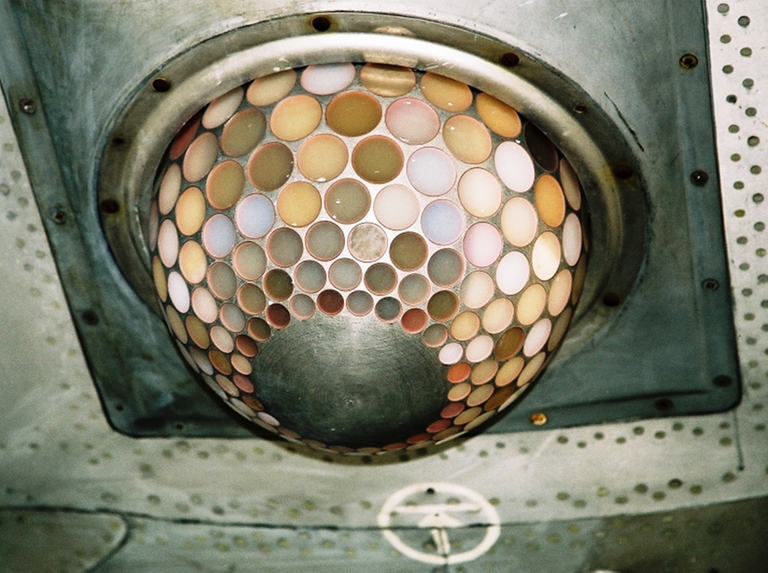
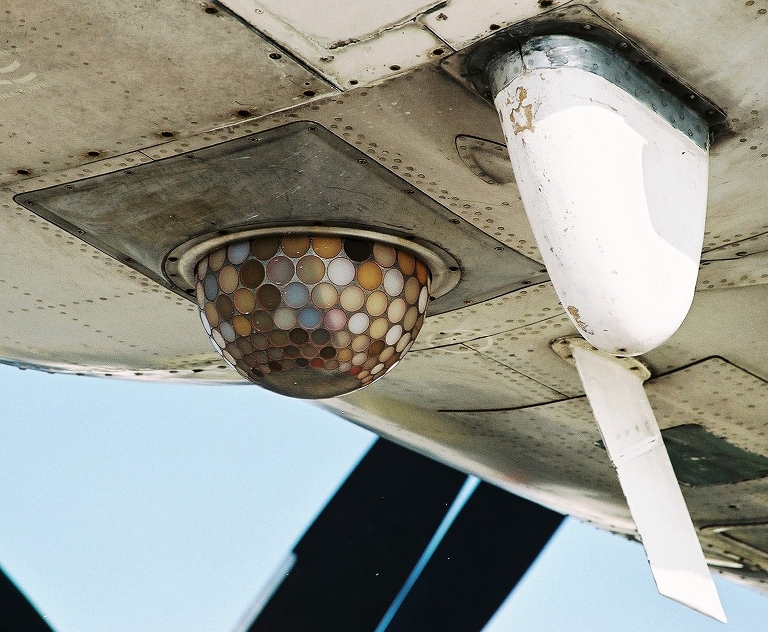
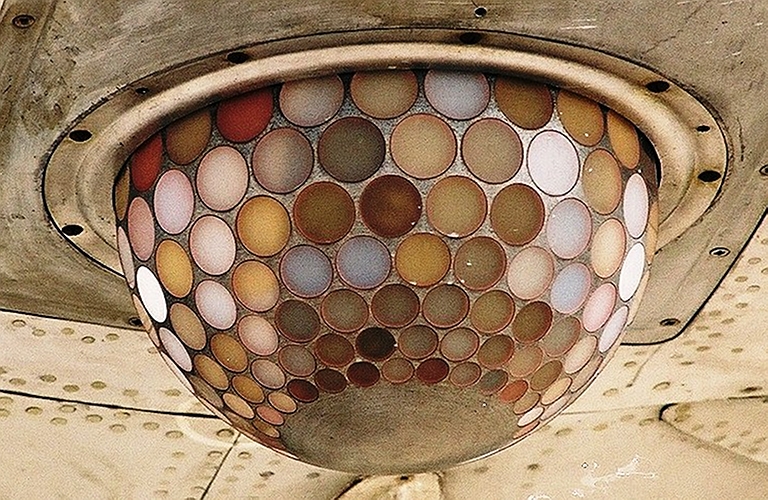
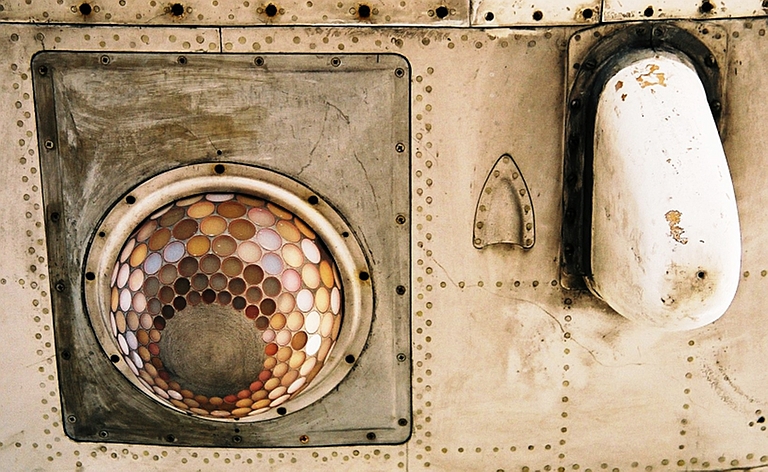

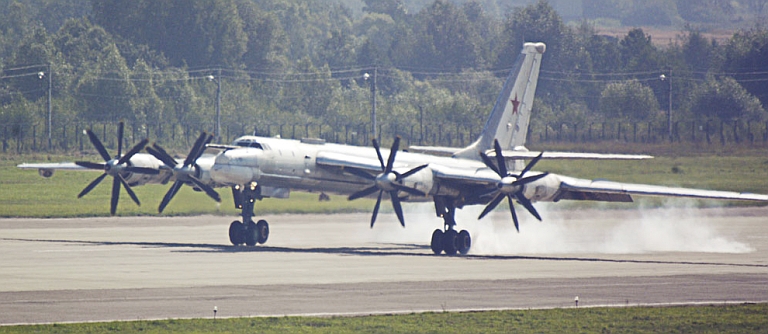
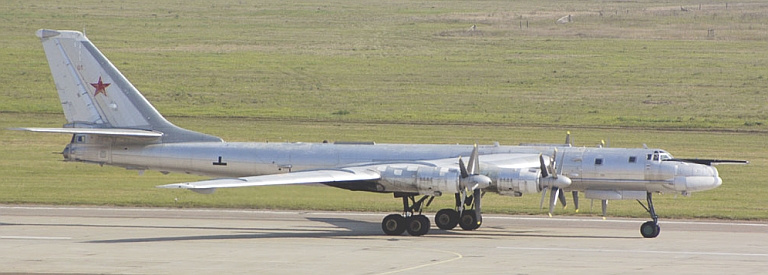
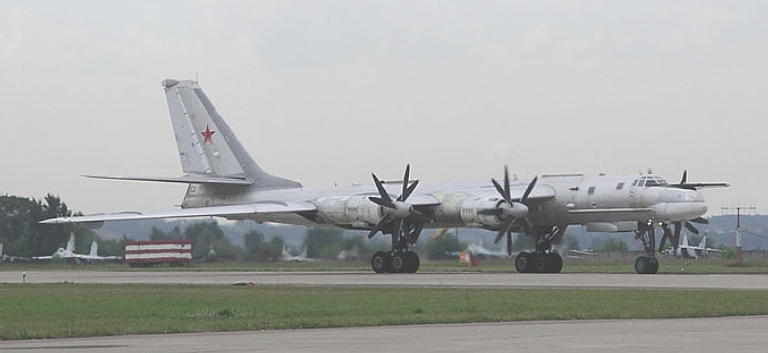
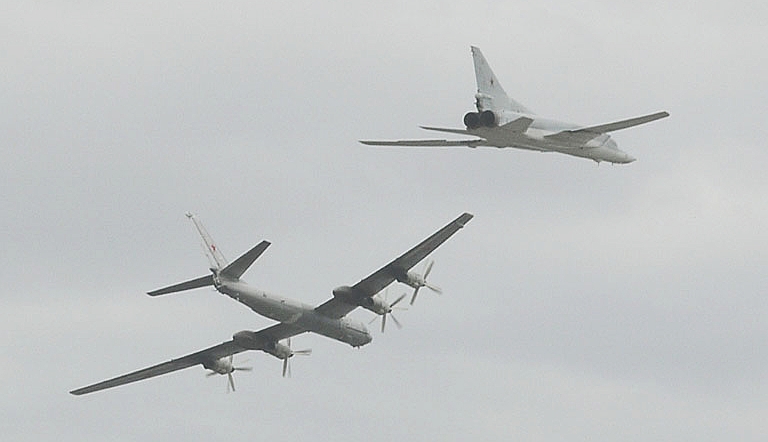

![Sukhoi PAK-FA and Flanker Index Page [Click for more ...]](APA/flanker.png)
![F-35 Joint Strike Fighter Index Page [Click for more ...]](APA/jsf.png)
![Weapons Technology Index Page [Click for more ...]](APA/weps.png)
![News and Media Related Material Index Page [Click for more ...]](APA/media.png)
![Surface to Air Missile Systems / Integrated Air Defence Systems Index Page [Click for more ...]](APA/sams-iads.png)
![Ballistic Missiles and Missile Defence Page [Click for more ...]](APA/msls-bmd.png)
![Air Power and National Military Strategy Index Page [Click for more ...]](APA/strategy.png)
![Military Aviation Historical Topics Index Page [Click for more ...]](APA/history.png)
![Information Warfare / Operations and Electronic Warfare Index Page [Click for more ...]](APA/iw.png)
![Systems and Basic Technology Index Page [Click for more ...]](APA/technology.png)
![Related Links Index Page [Click for more ...]](APA/links.png)
![Homepage of Australia's First Online Journal Covering Air Power Issues (ISSN 1832-2433) [Click for more ...]](APA/apa-analyses.png)
![F-111 Aardvark Index Page [Click for more ...]](APA/f-111.png)
![F/A-18 Hornet and Super Hornet Index Page [Click for more ...]](APA/fa-18a.png)
![Aerial Refuelling and Airlift Capabilities Index Page [Click for more ...]](APA/aar-lift.png)
![Directed Energy Weapons and Electromagnetic Bombs Index Page [Click for more ...]](APA/dew.png)
![Notices and Updates Index Page [Click for more ...]](APA/notices-128.png)
![APA NOTAM and Media Release Index Page [Click for more ...]](APA/notams-128.png)
![APA Research Activities and Policy / Technical Reports Index [Click for more ...]](APA/research-128.png)
![Search Air Power Australia Website [Click for more ...]](APA/search-128.png)
![Briefings and Submissions - Air Power Australia [Click for more ...]](APA/briefs-128.png)
![Air Power Australia Contacts [Click for more ...]](APA/contacts-128.png)
![Funding Air Power Australia [Click for more ...]](APA/funding-258.png)
























